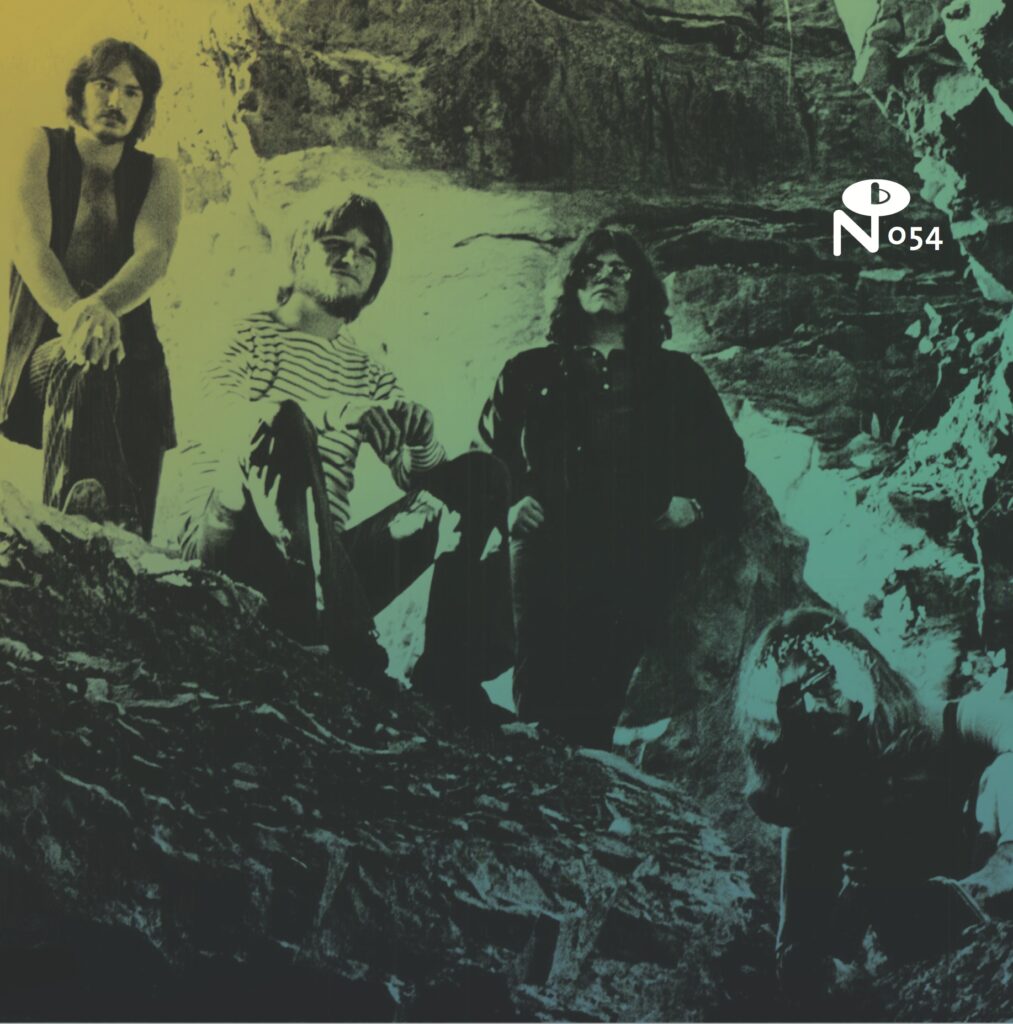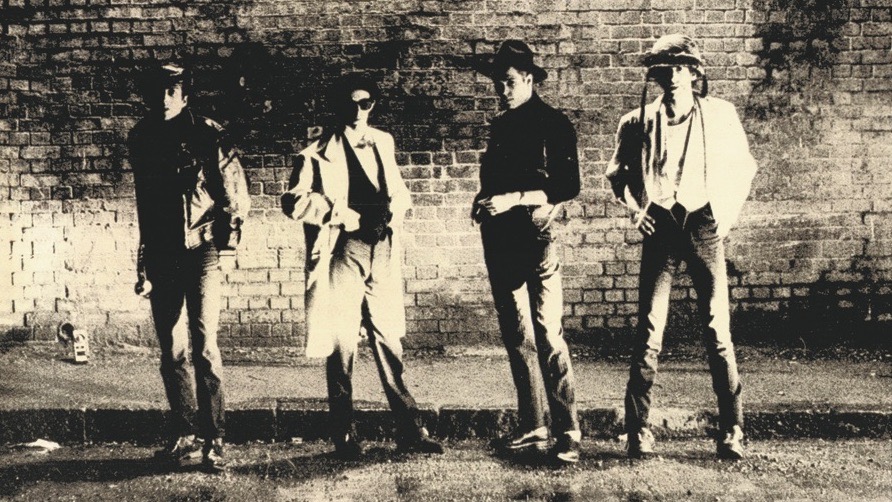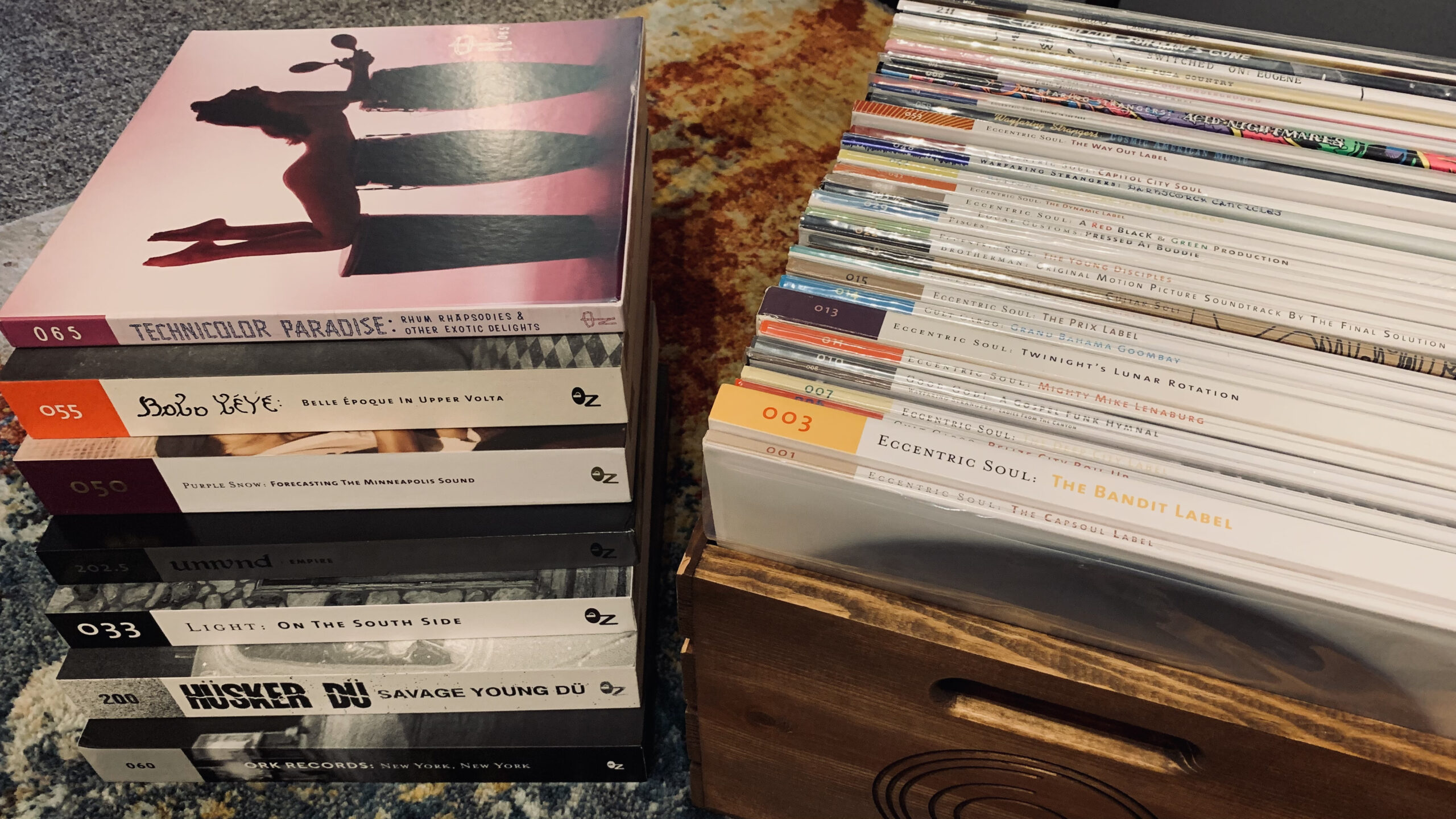
Various Artists
Local Customs: Cavern Sounds
Numero — 2014
Rating: 8.5
Forged in the spirit of the great garage rock compilations, the Numero Group excavated a treasure trove of virtually-unknown tracks with 2014’s Local Customs: Cavern Sound. Unlike those other collections however, Numero literally went underground to find them.
Laying below Kansas City and the surrounding areas are uncountable acres of labyrinthine caverns: some ancient natural pockets; others manmade creations resulting from over a century of mining. For decades, area landowners and entrepreneurs have taken advantage of the region’s unique geography, creating additional real estate and business opportunities. Today, one complex alone — the massive SubTropolis — provides an additional 55 million square feet of business space below the city.
Leasing subterranean property for commercial purposes was a relatively novel idea when John Pixley began offering space in abandoned sections of his Independence, Missouri limestone quarry in the mid-sixties. Only a stone’s throw to the east of Kansas City, Pixley’s property was an affordable way for businesses to acquire large amounts of operating space. Among the early takers were manufacturing concerns, firms with a need for mass storage, and even governmental authorities, who utilized sections of Pixley Quarry for both fallout shelter space and food storage.
Unsurprisingly, creative types took a keen interest in the possibilities afforded by both the seclusion and cheap rent that Pixley offered. In 1966, Jerry Riegle — an audio engineer affiliated with a local break-away sect of the Mormon church — signed a twenty-year lease on a large space in the quarry and set about building a recording studio with his business partners, John Pearson and Art Hoover.
Despite the logistical and acoustic challenges posed by its unconventional space, the newly-dubbed Cavern Sound studio quickly became the destination for many of the region’s musical acts. Utilizing a variety of production and promotional options — not to mention the four different record labels run by the studio’s managers — Cavern Sound not only offered affordable recording rates, but the promise of regional radio play and distribution to area record shops.
Between its founding in 1966 and the contentious split amongst its founders in the mid-seventies, a vast and diverse cache of recordings were made at Cavern Sound. Though the various imprints associated with the studio spanned a wide variety of genres — pop, country, blues, religious music — it’s Cavern’s rock recordings that are the primary focus of the Numero Group’s 2014 compilation, Local Customs: Cavern Sound.
In the strata of great late-sixties/early-seventies rock compilations, Cavern Sound skews toward the iconic 1972 Nuggets set in its presentation. Released a decade into Numero’s history, the set adeptly displays the label’s penchant for narrative and visual substance. Ryan Boyle’s liner notes present a history of the studio, its founders, its affiliated labels, and brief bios of the various bands and artists represented among the set’s twenty-four tracks.
It’s those biographies that show the true value that Cavern provided to the region’s burgeoning rock scene. Several of the included tracks were part of one-off recording sessions: the kind funded by parents (both supportive and skeptical), summer jobs, and gigs at local dances, talent shows, and frat parties. Cavern’s business model meant that few acts would be turned away — no matter how rough their edges were — so virtually any area band with a few hundred bucks could conceivably make a professional-sounding recording and press a small run of 45s.
As such, the recordings produced at Cavern were often the creation of wide-eyed dreamers: coffee shop songsters looking to make it big, either as performers or song-peddlers; old has-beens and never-weres, hoping that the right song could get them (back) into the game; high-school rock bands who plied their trade by playing popular hits, but snuck off to Cavern to record their own mini-masterpieces.
Despite the diversity of the studio’s clientele, Cavern Sounds largely emphasizes that last group. Most of the collection’s songs are from musicians in their teens and twenties. Many of them involve surprisingly ambitious arrangements and production work. Some would become regional hits. A few were recorded as part of full-length LPs. Many of them were never released at all.
The stories of these bands are often even more compelling than their music, and collectively, there is more tragedy than triumph in their biographies. Take Baxter’s Chat: formed by two teenage brothers, and named after the massive piles of debris left behind from zinc and lead mining in their hometown of Baxter Springs, Kansas. Within a few years of the limited release of their spirited track, “Love’s Other Side,” two of the group’s five members were killed in separate roadside accidents.
More representative are The Dantes: a young group whose leader dropped out of high school to pursue rock stardom, then broke up his band to become a professional songwriter in Los Angeles, only to strike out and return home to Kansas. Knowing the band’s story recasts even their upbeat track (“Any Number Can Win”), in a much more somber light; say nothing of their lovely, downcast number, “She’s a Part of Me.” Even Cavern Sounds‘ most successful band, The Classmen — which apparently included family friends of former president Harry Truman — were virtual unknowns outside of the Kansas City metropolitan area.
What that leaves is an immense opportunity for discovery among these literal underground recordings. Outside of a few stray tracks that made their way onto regional garage rock compilations years after their recording — and a pair that were released on LPs in real time — Cavern Sounds represented the first issuing of these songs since their initial, extremely limited single pressings.
Among these, there are some obvious standout tracks: Pretty’s “Mustache in Your Face” is fuzzed-out psych-rock bliss, and probably the best-known track here; Stone Wall’s “Living Today” is like a great Cream song, without the guilt associated with listening to Eric Clapton; Morning Star’s “Little By Little” kicks all manner of ass throughout its rollicking three minutes. Even what some might consider to be the set’s least essential track, The Montaris’ cover of Love’s classic “7 And 7 Is,” is still a blast. Any fan of Nuggets, Pebbles, or the Back From the Grave series are bound to find several personal favorites among the remaining inclusions.
As for me, my highlight is clear. Recorded by Larry Sands & The Sound Affair in 1967, “You’ll Know the Words” is an absolutely spellbinding piece of music. Captured to tape between Sands’ bisected (and apparently quite successful) career in the eyeglass business, “You’ll Know the Words” is one of the great aural encapsulations of broken communication — at least outside of the Paul Simon songbook. As I see it, it’s a desperation in sentiment that could only come from a person torn between the impulse to be right and the impulse to be happy. But Sands was no lone wolf. The track’s tremolo guitar, wheezy organ, restrained drums, and undeniable atmosphere also work to convey its profound sense of loneliness. It is, perhaps, a desolation in sound that could only come from a cave, 150 feet below a thriving midwestern city.




